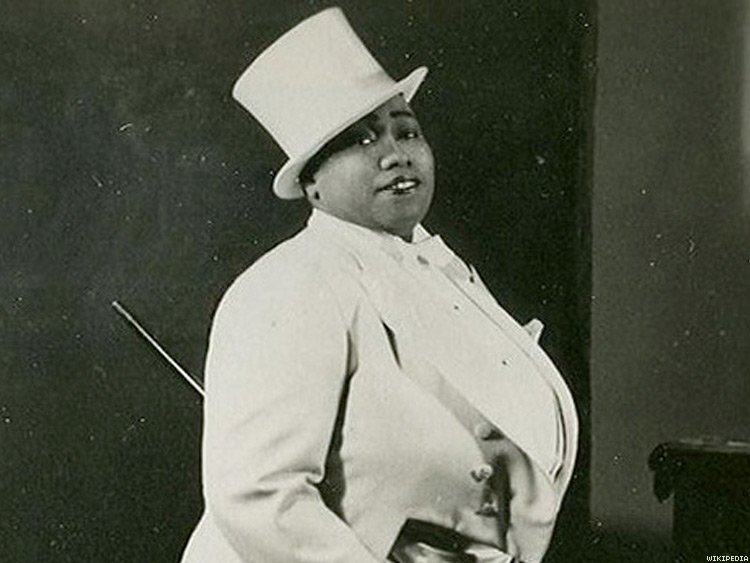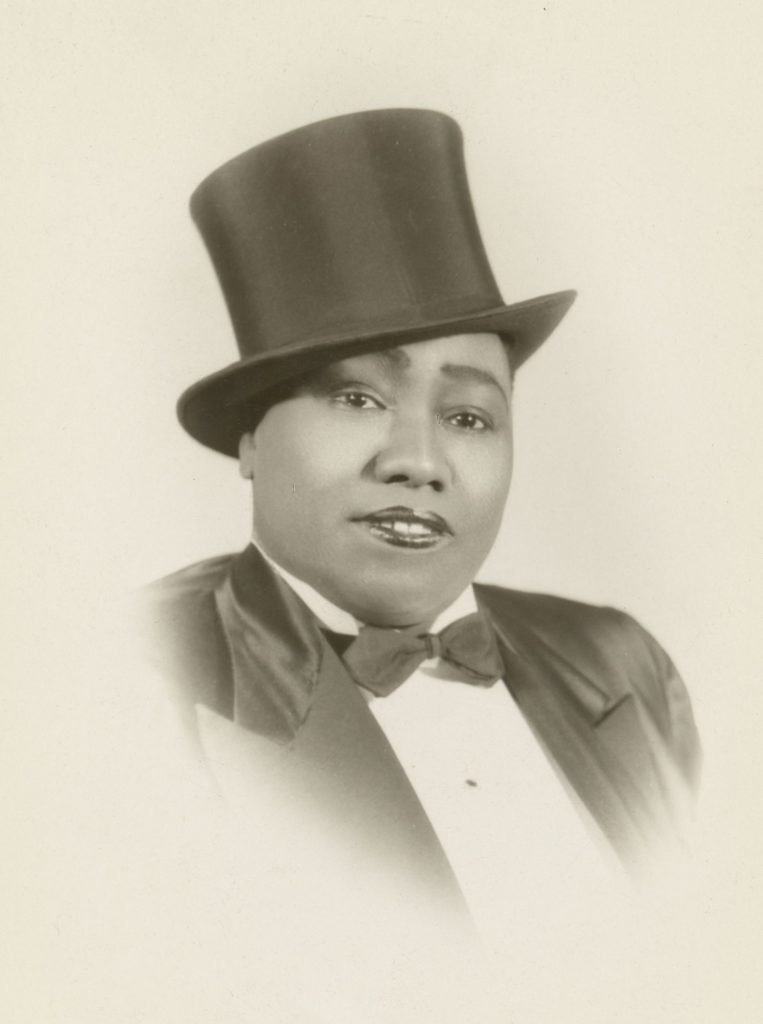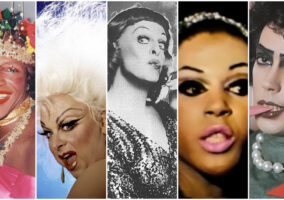
When it comes to discussing our queer elders – especially those of a century ago – it’s important to remember that they didn’t always speak of themselves in the way we might have liked or preferred from our modern perch, with our modern understanding of queer identities and queer politics. In the research for our book, no figure embodied this idea and taught us this lesson more profoundly than the great blues performer of the Harlem Renaissance, Gladys Bentley.
In fact, we couldn’t believe we hadn’t profiled Gladys on the site yet, because their story was the one we told most often on our truncated book tour. It is easily one of the most affecting and poignant stories we tell in our book, which was devised to be chock full of affecting and poignant stories. Nothing we write here could sum up our take on Gladys’ life and career better than what we wrote about them in our book, so if you want the relatively short (and much more emotional) version, you can hear what we wrote about them when we read that portion aloud to the audience at WBUR City Space in Boston:
Here’s the thing about Gladys and the way they lived their life: By modern understandings, it would be easy to assume that Gladys wasn’t a lesbian, but a transgender man or a non-binary person, given their extremely bold and brave preference for wearing men’s clothing out in their day-to-day life. Performing in a top hat and tails onstage, Gladys could be considered a drag king – and probably should be seen as one of the most famous drag kings of the early 20th Century, if not of all time.

But even today, many cis drag performers tend to draw a sharp line between their stage persona and their day-to-day one. For a female-presenting person in the 1920s – and a Black one at that – to sometimes walk the streets in men’s style clothing while macking on the ladies who pass them by is such a brave way of expressing queer identity that it forces the question of what flavor of queer Gladys actually was. If you’re writing about their life from the perspective of their queerness, it can be difficult, if only because there are clear differences between butch lesbians (which is what Gladys has long been considered) and transmasculine people. And you know what? As two cis white gays? An entire century later? It’s totally not our place to make that determination. We only bring it up here (and in our book) because to deny the possibility that Gladys may have been trans does a disservice to trans people. You should at least consider the possibility that Gladys expressed themselves in masculine mode because it may have felt like the most natural expression of their true self.
The other lesson of Gladys’ life that must be taken away by anyone who looks at it from a modern queer perspective is that their choices as a Black, female-presenting queer person in the early 20th Century cannot be questioned by anyone today. The end of Gladys’ life and the choices they made to conform to people’s expectations may sound tragic to our ears, but it’s important when talking about the struggles – and the defeats – of queer people of the past to let your focus remain on the triumphant boldness of their lives as well as the art they created. Rather than letting Gladys’ gender-conforming final act be the summary of their life, we implore you to let their music and bravery stand above it.
Here’s Gladys, “The Brown Bomber of Sophisticated Songs” in their own amazing voice. Take a listen:
“Our book Legendary Children: The First Decade of RuPaul’s Drag Race and the Last Century of Queer Life is on sale now!
The Los Angeles Times called it “a nuanced exploration of the gender-bending figures, insider lingo and significant milestones in queer history to which the show owes its existence.” The Washington Post said it “arrives at just the right time … because the world needs authenticity in its stories. Fitzgerald and Marquez deliver that, giving readers an insight into the important but overlooked people who made our current moment possible.” Paper Magazine said to “think of it as the queer education you didn’t get in public school” and The Associated Press said it was “delightful and important” and “a history well told, one that is approachable and enjoyable for all.”
Ding Dong, Avon Calling! – Vintage Mid-Century Avon Lady Ads Next Post:
One Iconic Look: Michelle Pfeiffer as Catwoman in “Batman Returns,” (1992)
Please review our Community Guidelines before posting a comment. Thank you!


